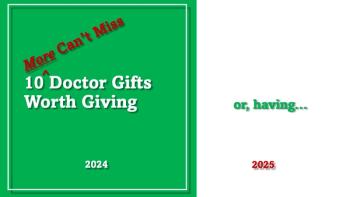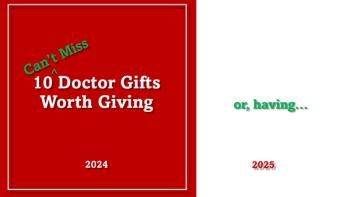
Content Creation in the Age of COVID-19
What we can learn from an epidemiologist’s rise to social media stardom.
As we entered the year 2020, life in North America seemed quite normal and unlikely to change. In January, COVID-19 was a newly emerging, yet-unnamed disease in a far away place. Many people were unaware of it, and few considered it a potential local threat.
One of the first warnings to garner public interest came in the form of a now-deleted tweet from
What makes content sharable?
You have probably read the standard social media marketing advice: create sharable content. Many doctors ask exactly what that means, and there is no single right answer. However, there are a few common guidelines. The tweet that landed Feigl-Ding squarely in the spotlight checks all the boxes:
Include images – Visual content tends to perform best on most social networks. The tweet included graphs, which may have been too technical for the layperson to understand, but they were visually appealing.
Provide value – People tend to share content that they find informative, entertaining, or otherwise useful. Feigl-Ding was issuing a warning, something people felt that others needed to know about.
Use a catchy intro – Social media users tend to scan their feeds, and you need to grab their interest right away or they will keep scrolling. The infamous coronavirus tweet began “HOLY MOTHER OF GOD” in all capitals. It was a dramatic, possibly alarmist statement – and it was attention catching.
Establish credibility – With the plethora of misinformation on the internet, people are sceptical of vague statements. Links, statistics, expert quotes, or facts and figures lend credibility to education content. Feigl-Ding’s
Be social – If social media were a physical place, it would be the casual coffee shop on the corner or the roadside diner. Dull, dry content is boring, and an overly formal tone seems out of place. Feigl-Ding’s tweets are mostly written in non-clinical (some would say unprofessional) terms and liberally sprinkled with emoticons, slang, and personal commentary. It is relatable.
How to avoid the follies of social media success
The core of Feigl-Ding’s message was correct and important. This strain of coronavirus did indeed become a pandemic, the likes of which we have not seen in recent history. Yet, it also included misinformation, outdated figures, and a flamboyant style that does not convey professionalism. Throughout the pandemic he has continued tweeting in similar style. As a result, he has gained a reputation as a
This is the unfortunate downside to social media success. A mistake is unlikely to haunt you if only ten people see it. However, it may become fodder for local or national media if tens of thousands see it. Unless you wish to cultivate a controversial image, it is good practice to double-check facts and avoid sensationalist statements. Furthermore, the unprecedented nature of the pandemic presents unique challenges. For example:
Facts can change – The tweet discussed above included outdated facts, even though Feigl-Ding posted it immediately after reading the paper. Many months later, the latest information is still evolving at lightning speed. Verify statistics immediately before posting and remove or update old material to avoid causing confusion.
Best practices change – Early on, Feigl-Ding had supported the idea that facemasks were useless. Within weeks, he changed course and embraced mask-wearing. His advice was in line with official recommendations, but it was often presented as his own opinion, making the sudden change seem self-contradictory. Be clear and concise in your public messaging.
Remember your audience is not clinicians –The secret ingredient in Feigl-Ding’s remarkable social media popularity is likely his relatable tone and style. He puts complex information in terms the average layperson can understand and relate to. However, there is a danger in over simplifying. People may take your statements too literally or misinterpret your words. Choose your words carefully and avoid generalizations or out-of-context comments.
Final thoughts
Eric Feigl-Ding is just one example. Jeffrey VanWingen, gained unexpected fame for making a
Do not be discouraged. There are also
Naren Arulrajah, President and CEO of
If you’re looking for ways to boost your marketing results, call 855-598-3320 for a free strategy session with Naren.
Newsletter
Stay informed and empowered with Medical Economics enewsletter, delivering expert insights, financial strategies, practice management tips and technology trends — tailored for today’s physicians.



















